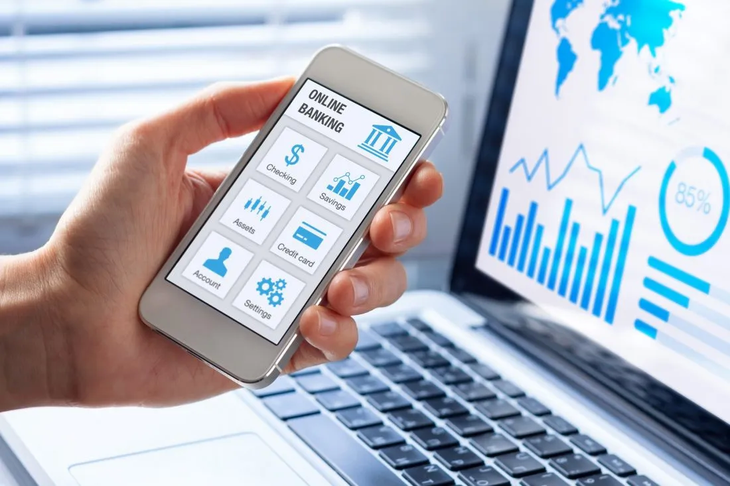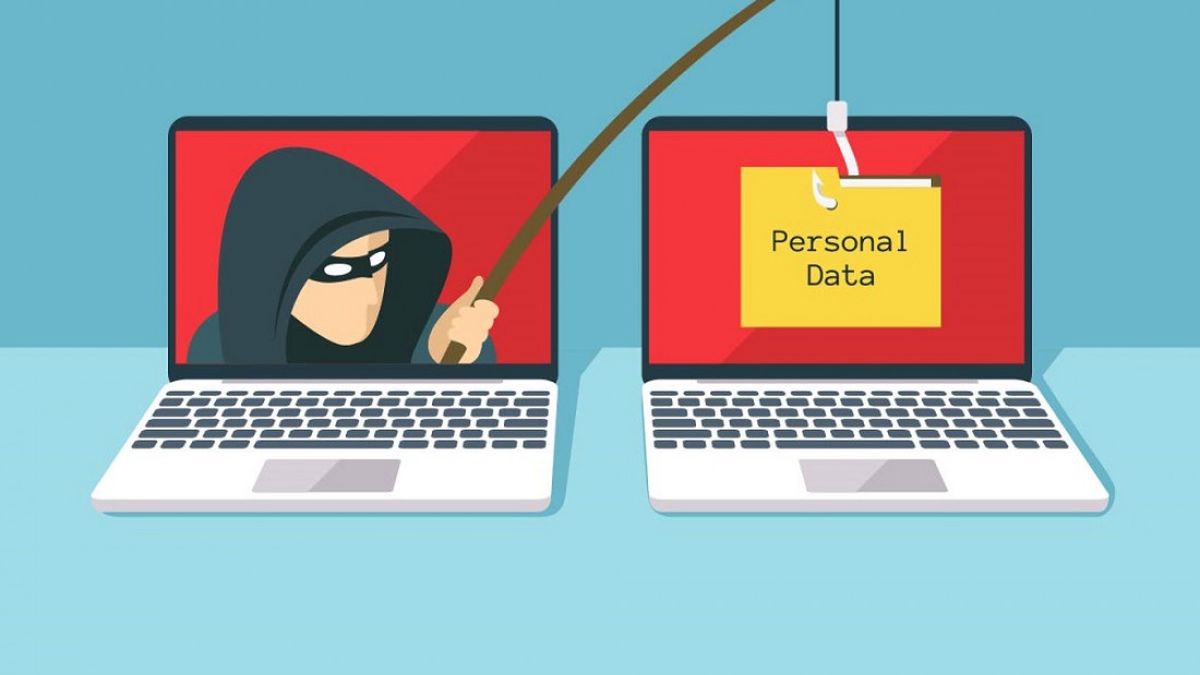If you were a victim of a virtual scam, you can report in the Fiscal Unit Specialized in Cybercrime (IFECI) or call 137.
The Virtual attacks and scams They are increasingly common and difficult to stop thanks to the accelerated advances of technology, especially in the field of artificial intelligence. Therefore, it is crucial that we know Identify them to take action and not deliver our sensitive data so easily.
The content you want to access is exclusive to subscribers.
The multinational company in cybersecurity, Kaspersky Lab, almost half of Latin Americans and 38% of Argentines were the victim of one or more incidents related to threats in their Homebanking. Therefore, they gave two key tips for shield the keys And not lose money.


Homebanking.webp

The most common virtual scams
To know how to take care of virtual scams, the first thing is know and understand how they work To know how to identify them quickly. The best known is phishing, where scammers Reliable companies or entities are passedsuch as banks, payment platforms or email services. They send an email or message with a False link which leads to an almost identical page to the officer, where they ask for personal data, passwords or bank information. Once that information is entered, they use it to empty accounts or make transactions to your name.
As phishing derivatives, there is also visor and smashing. He Vishing It occurs for telephone calls, where the scammer pretends to be a company representative to obtain sensitive information. He SMISHINGfor its part, it is done through text messages (SMS), with malicious links or urgent orders for personal data.
In addition, those who scam through online purchases or with false profileswhere they seek to interact with vulnerable people to get their money. The latter are extremely common in the field of cryptocurrencies.
How to take care of your homebanking
According to the cybersecurity company, there are two very important actions that can shield bank accounts and avoid virtual scams: the frequent change of Passwords and the double authentication factor.
The double authentication factor, better known as two -step authentication, is a vital protection that adds an extra security layer to your online bank account or virtual wallet. Instead of depending solely on the password, the 2FA requires two different forms of identification before granting access.
The 2FA combines “Something you know”, Your password, with“Something you have” The most common implementations include text messages, authentication apps or biometry data, such as footprint or face.
Regarding Keys we useKarpersky has these recommendations:
- Change your minimum passwords every three months: This will allow to keep your accounts and accesses safe, because, in case the cybercounts have stolen your information, your entrance key will no longer be the same.
- Crete robust and complex passwords: Avoid using personal information such as your date or place of birth, or the name of your pet. Instead, invent a key of at least 12 characters that combines upper and lower case letters, special numbers and symbols.
- Do not use your bank passwords for other accounts: Remember that the keys to the accounts of each online service that you use must be unique. If not, when they hack one, the others will also be committed.
Source: Ambito
I am an author and journalist who has worked in the entertainment industry for over a decade. I currently work as a news editor at a major news website, and my focus is on covering the latest trends in entertainment. I also write occasional pieces for other outlets, and have authored two books about the entertainment industry.




